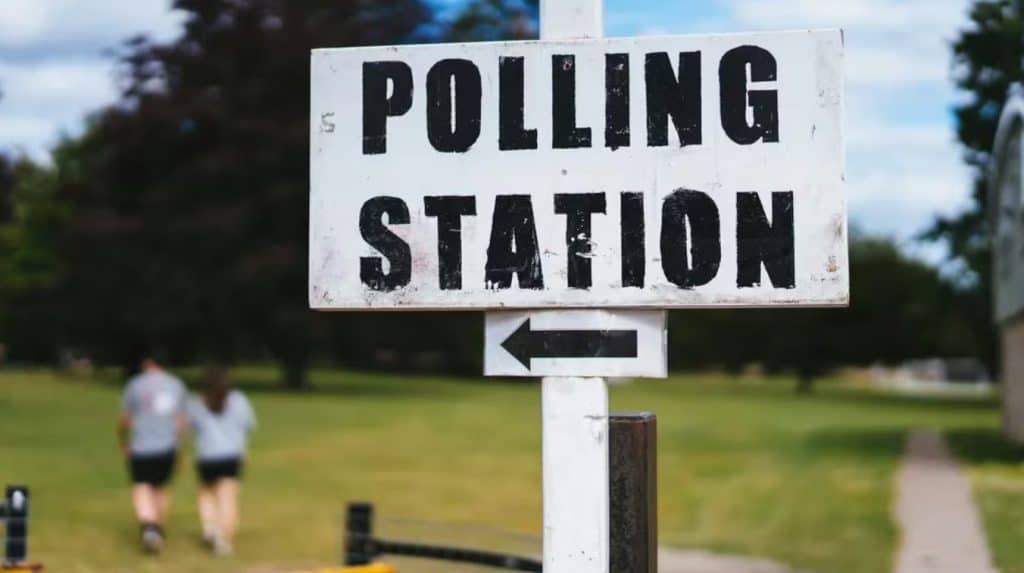
The idea that bitcoin (BTC) typically moves in lockstep with the S&P 500 is generally accepted by now. The positive correlation, however, may be tested in the lead-up to the U.S. elections as options market pricing points to diverging trends.
On Monday, bitcoin options listed on dominant crypto exchange Deribit exhibited a noticeable skew (bias) for short-term calls relative to puts, capturing the U.S. election and its result, due Nov. 8, according to data tracked by analytics platform Block Scholes.
Meanwhile, short-term options tied to Wall Street’s benchmark equity index, the S&P 500, showed a bias for put options.
The relatively stronger demand for bitcoin calls is a sign of traders anticipating upside volatility or higher price movements around election time. A call option gives the buyer an asymmetric upside, allowing the entity to hedge against or profit from a price rally.
The bias for the S&P 500 puts suggests fears of downside volatility because a put option offers protection from price losses. Note that it’s common for the index options skew to show a bias for puts due to several reasons, including tail risk hedging by portfolio managers.
Still, the divergence between bitcoin and S&P 500 options is “setting the stage for something big,” according to Block Scholes’ CEO and Founder Eamonn Gashier.
“Either the strong positive correlation between BTC and the S&P 500 is about to break and flip negative, or one of these markets is mispriced. The excitement lies in the uncertainty — are we on the brink of seeing Bitcoin decouple from equities, or are traders in one market about to get caught off-guard?,” Gashier told CoinDesk.
Some crypto traders “sell volatility”
It may seem counterintuitive to bet on a dull price action or volatility drop ahead of a binary event like the U.S. election, but some traders have been doing just that.
The implied volatility (IV) for the Nov. 8 election expiry options trading on Deribit has declined from an annualized 62% to 55%, according to data tracked by crypto liquidity provider Wintermute. That’s a sign of traders setting up volatility-bearish strategies. The IV is influenced by the demand for options.
“Traders have sold volatility here via strangles and straddles and volatility spreads. Most of this positioning is around the $65,000 strike,” Jake Ostrovskis, OTC Trader at Wintermute, told CoinDesk.
“All of these trades benefit from reduced volatility – thus betting realized trades under implied as these events have done in recent history,” Ostrovskis added.
Selling straddles and strangles means selling both call and put options in a bet that the underlying asset’s price will remain largely rangebound. The seller collects the premium, which is retained if the price stays in a narrow range till expiry. However, it’s a risky strategy that is better suited to savvy traders with ample capital supply because if the volatility spikes, losses can quickly mount, far exceeding the premium received.
According to FT, the tight presidential race has the S&P 500 and the CBOE Volatility Index, or VIX, traders betting on a volatility boom through the VIX call options.